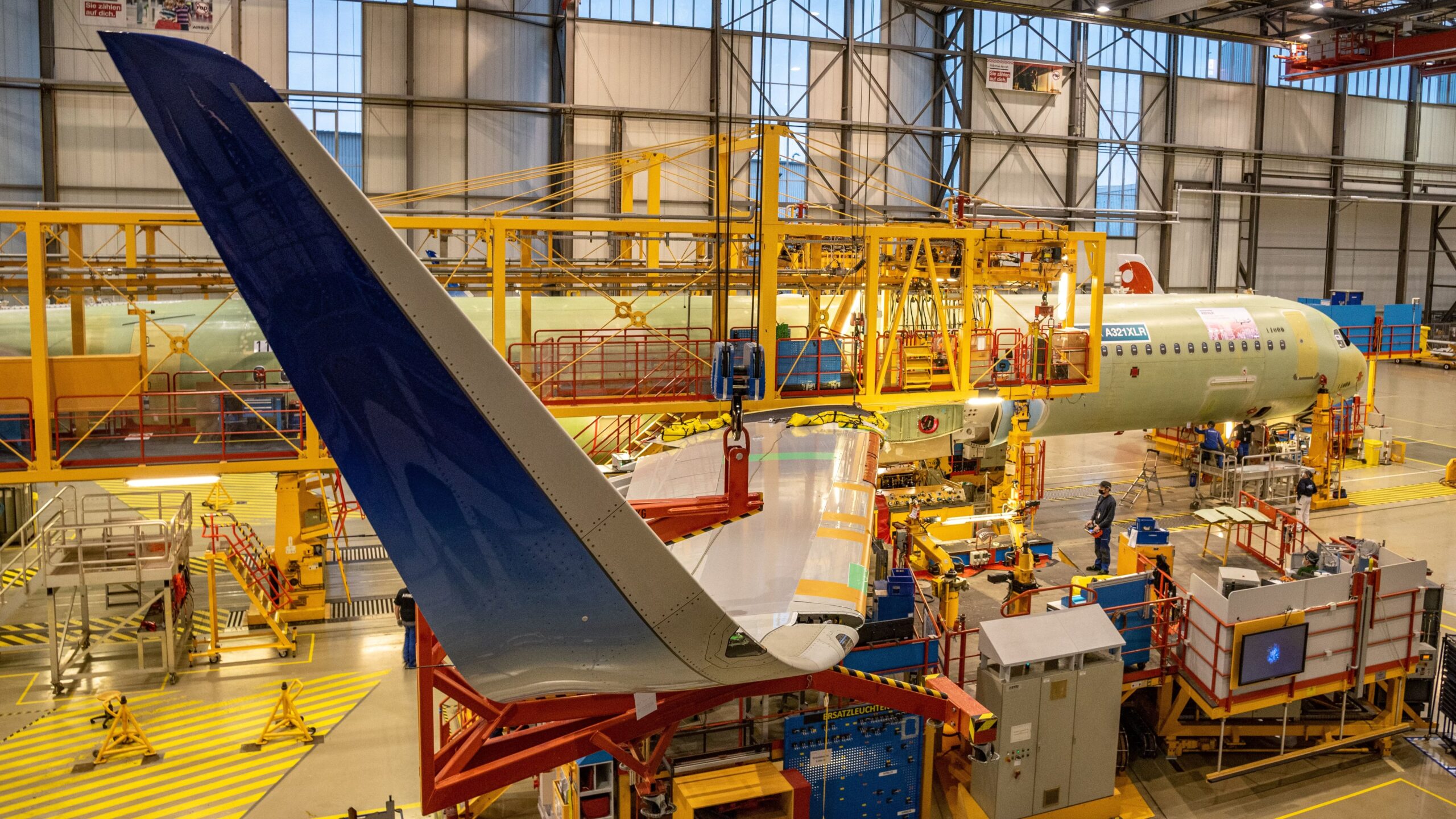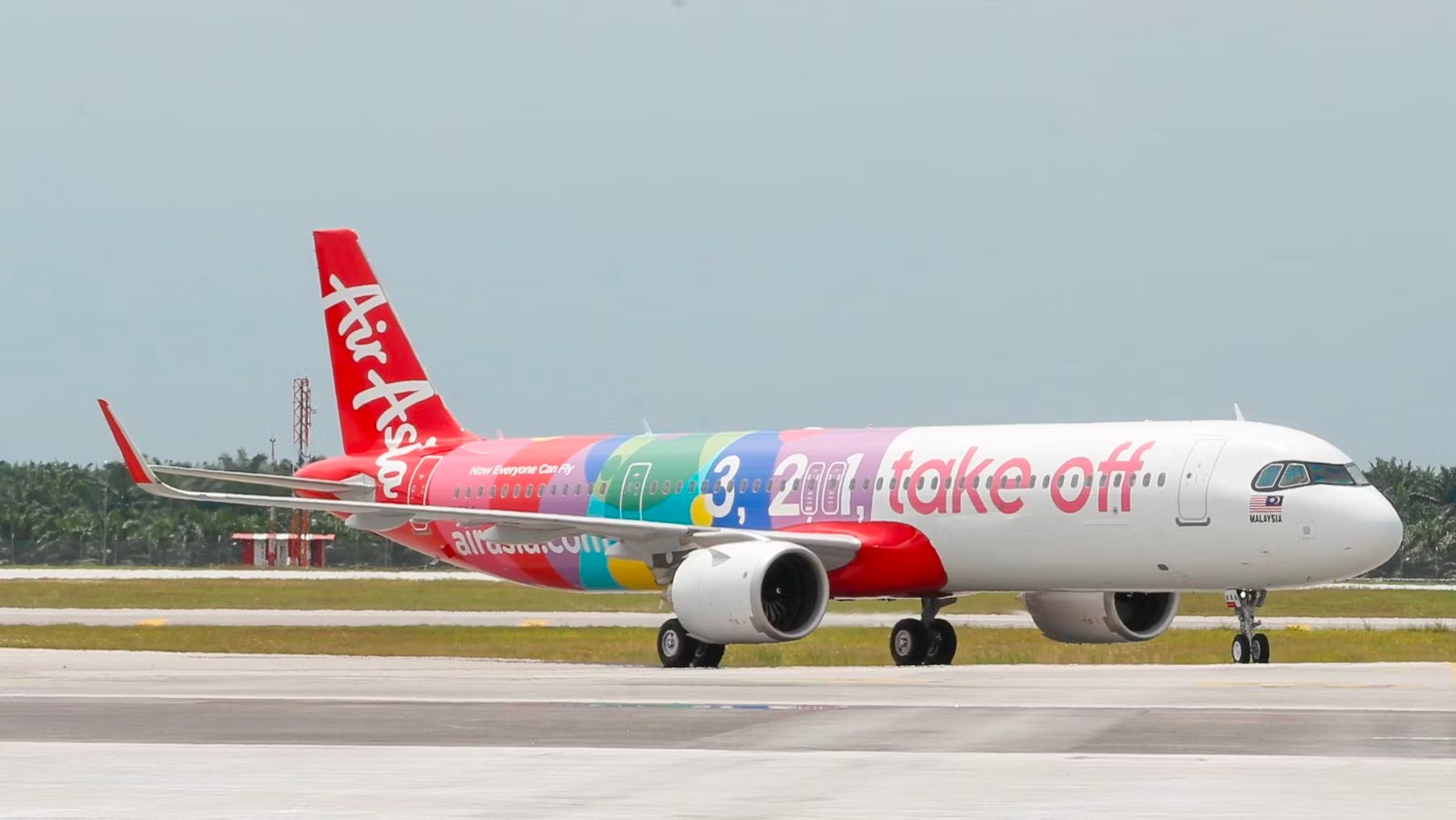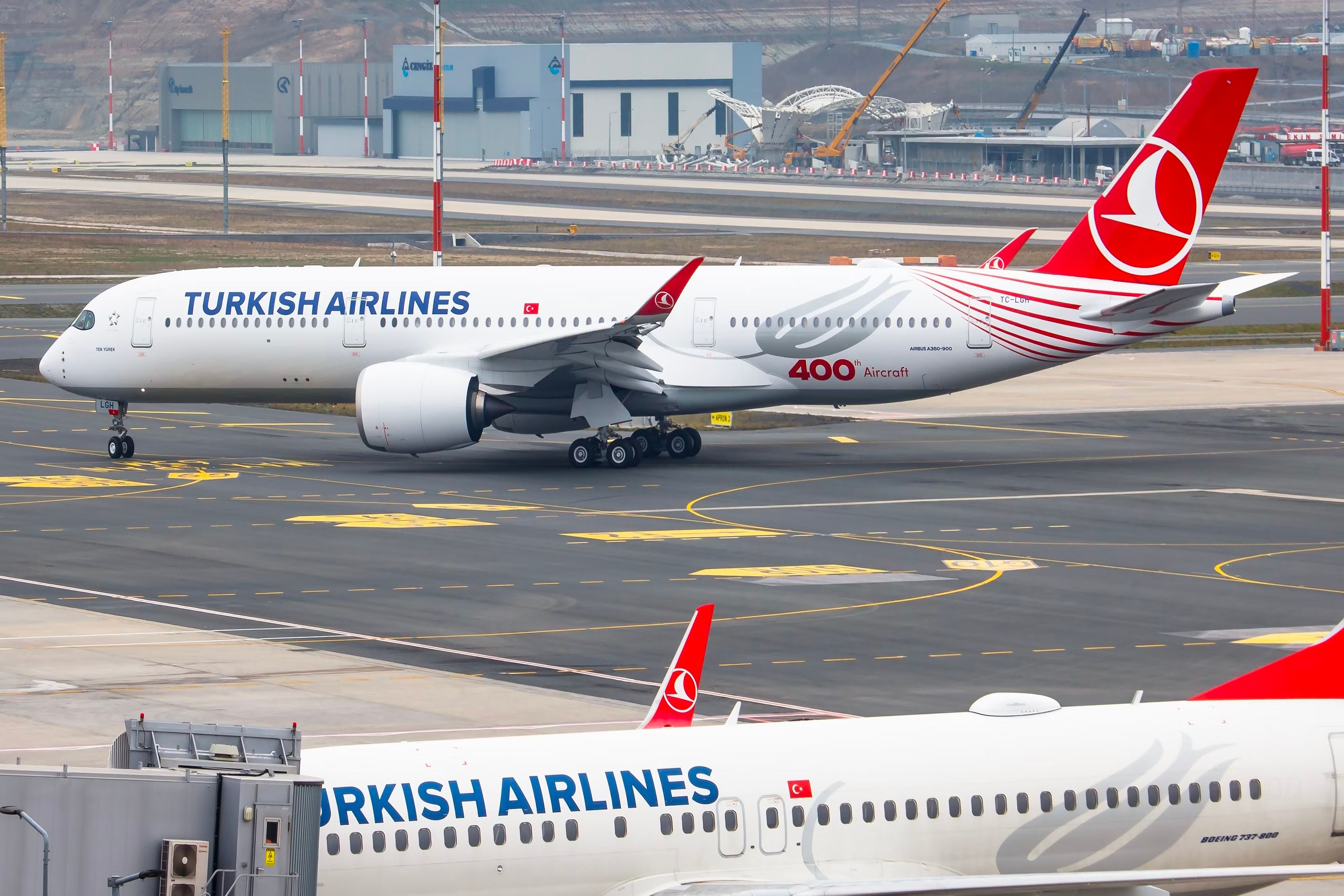Summary
- Airbus making strides with steady deliveries and growing backlog.
- Boeing facing production difficulties while Airbus continues to excel.
- Airbus dominates single-aisle market, maintains strong widebody presence.
May proved to be another steady month of progress for Airbus, delivering 53 aircraft to bring the year-to-date total at the end of the month to 256 jets. It is still a steep climb to the 800 that CEO Guillaume Faury confirmed it would deliver this year, but there is plenty of time as the year gains momentum in the second half.
Progress but nothing special
In May, Airbus delivered 53 aircraft to 34 customers, booked orders for 27 more and ended the month with a backlog of 8,579 airplanes, compared to 63 deliveries to 36 customers, 17 orders and a backlog of 7,139 at the end of May last year. On a year-to-date basis, Airbus delivered 256 aircraft to 58 customers between January and May, compared to 244 in the same period in 2023.
Photo: AirAsia
While Boeing seems to be making little progress out of its production difficulties and the constraints set by the US Federal Aviation Administration (FAA), Airbus just keeps on growing its backlog. Over the last twelve months, the Airbus backlog has grown from 7,139 to 8,579 aircraft, a 20% increase, and with the Farnborough International Airshow on the horizon, it will probably jump again in July.
At the end of May, the backlog included orders for 7,710 single-aisle, 193 A330 and 676 A350 aircraft. As expected, the single-aisle segment is dominated by the A320neo Family, with 4,977 unfilled orders for the A321neo, 2,110 for the A320neo and 50 for the A319neo. There are 531 unfilled orders for A220-300s and 36 for A220-100s, with the balance comprising a handful of A320ceo Family jets.
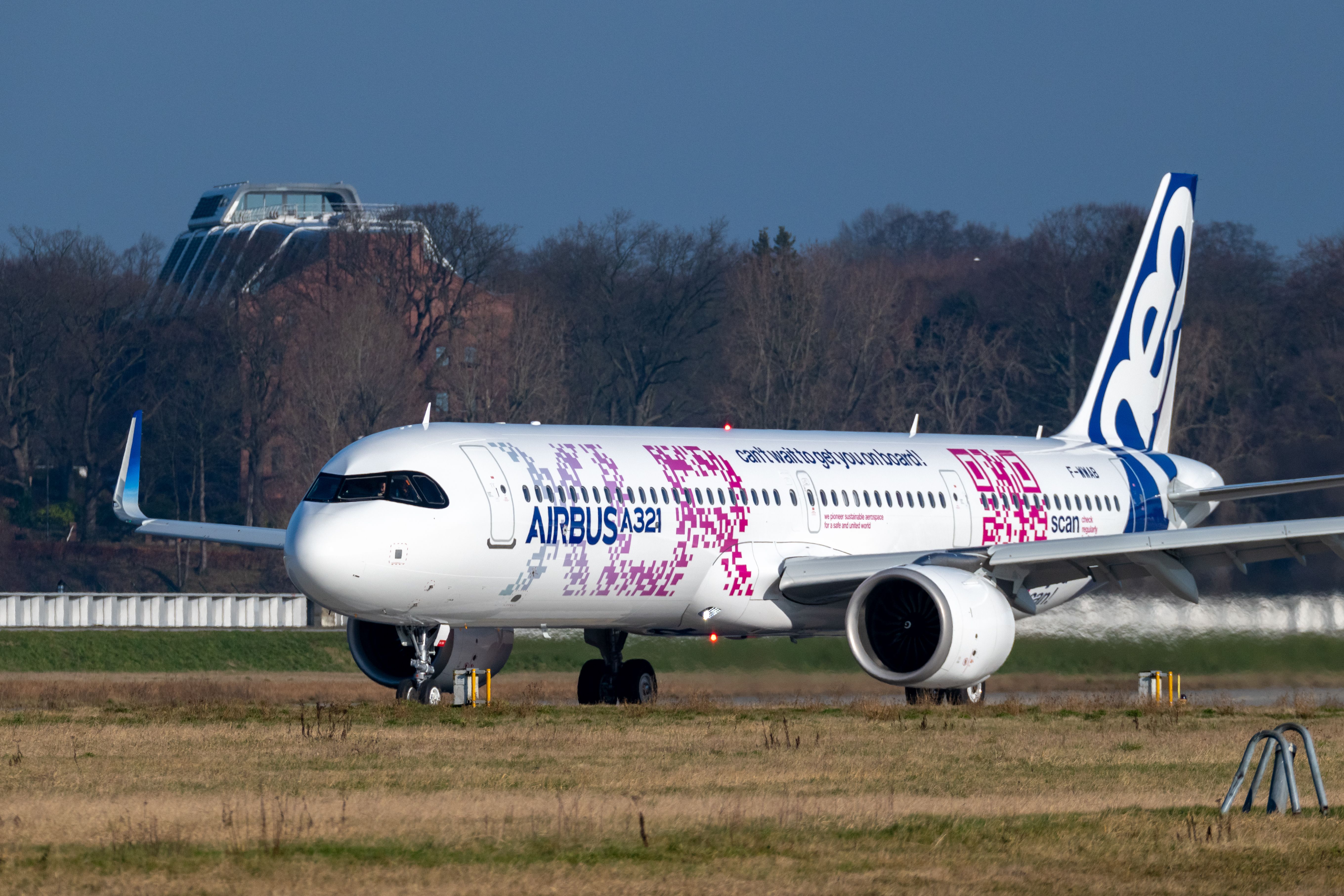
Related
Airbus A321XLR Enters Final Certification And Flight-Testing Phase
The aircraft is expected to enter into service with Iberia later this year.
Among those orders for A321neos, many customers, particularly in the Asia-Pacific region, eagerly await the arrival of the Airbus A321XLR. With more A321LRs entering service, airlines are seeing what this single-aisle, longer-range aircraft can deliver. With a range of around 4,700 nautical miles (8,700 kilometers), the A321XLR opens up even longer route possibilities.
The widebody market is looking good for Airbus
Although Boeing has ground to make up in the widebody market, there is good reason to think its issues with the new 777X and the production delays with the 787 Dreamliners are not insurmountable. Airlines want to have choices when buying these flagship aircraft, and while Airbus plans to ramp up A350 production, the industry needs Boeing to get its act together on the 787 and 777X.
Photo: MBekir I Shutterstock
Airbus has 407 unfilled orders for A350-900s, with major customers including Turkish Airlines (71), Emirates (65), United Airlines (45) and Lufthansa (29) accounting for half of the backlog. There are 214 A350-1000s still to be delivered, with the main airlines waiting being Korean Air (27), Qantas (24), Delta (20), Air India (20), Eva Air (18), Qatar Airways (18) and Etihad Airways (15).
The unfilled orders list also includes 55 Airbus A350F Freighters, with orders from CMA CGM (8), Air Lease Corporation (7), Etihad Airways (7), Singapore Airlines (7), Cathay Pacific (6), Starlux (5), Turkish Airlines (5), Air France (4), Martinair (4) and Silk Way West (2).
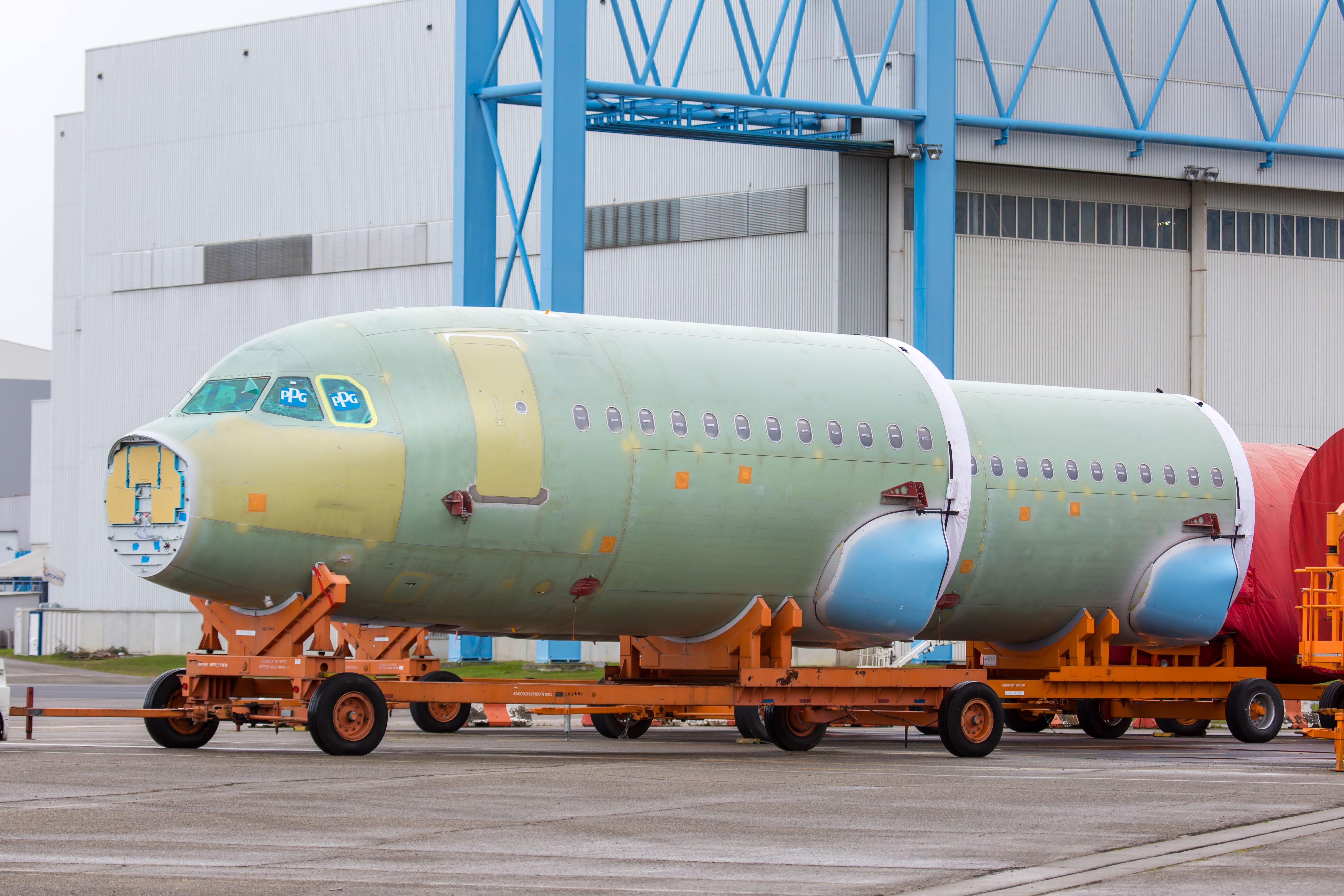
Related
Airbus Faces Aircraft Production Delays As Supply And Labor Issues Mount
The company reiterated that it still plans to deliver 800 aircraft in 2024, compared to 735 aircraft a year prior.
Airbus and Boeing face significant but different challenges in the coming few months. To maintain its credibility, Airbus must show it can deliver 800 aircraft this year and is implementing production rate increases commensurate with its massive backlog.
Boeing needs to get approval from the FAA to control its 737 MAX production output while progressing the certification process for the MAX 7 and 10 and the 777X. With Chinese manufacturer COMAC starting to bark at their heels, even if only in China for now, these two aerospace giants face a critical few months ahead.
Can they meet these challenges? Let us know in the comments.

